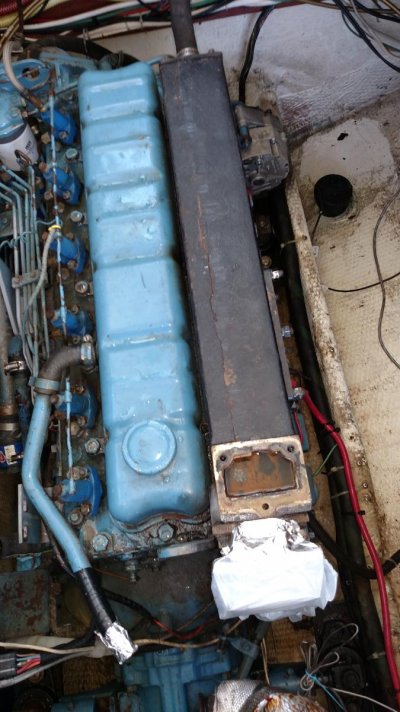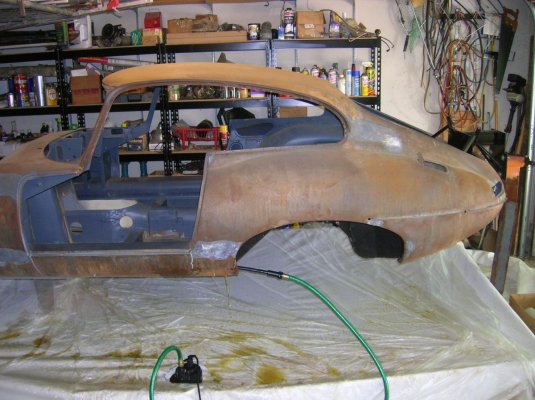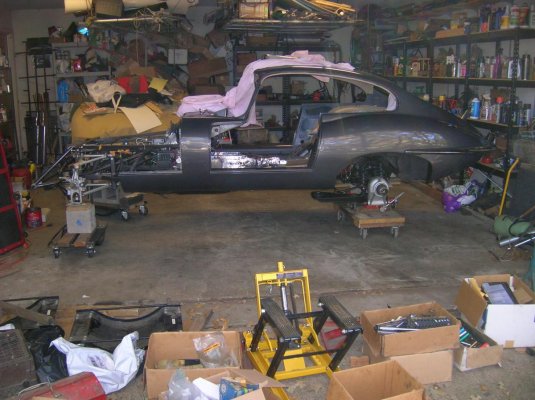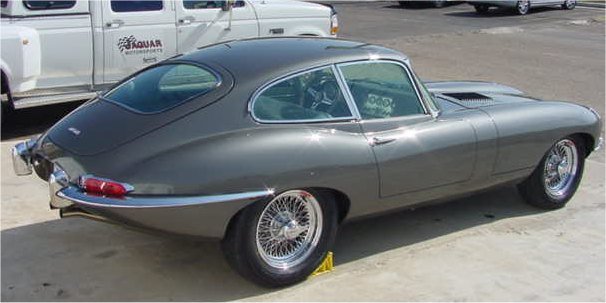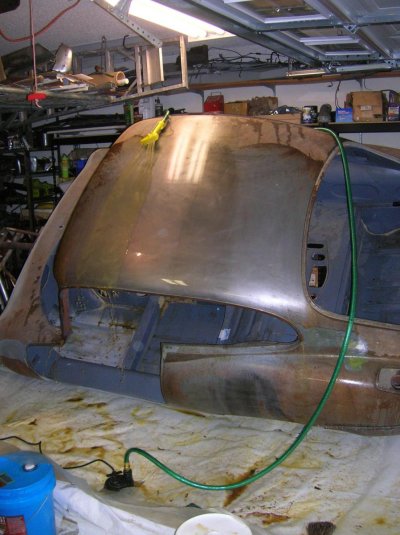R_p_ryan
Senior Member
- Joined
- Dec 11, 2014
- Messages
- 171
- Location
- USA
- Vessel Name
- Shellbourne
- Vessel Make
- 1978 Mainship 34 Perkins T6.354
I have the plumbing apart in my Perkins T6.354. The exhaust manifold has some orange- black crud in it. I'm contemplating using Evapo-Rust to clean inside the water jacket. Which do you think is the best chemical? It seems there are two types: phosphoric acid or a chelating agent (Evapo-Rust).
Also, which approach is better:
Fill it and let it soak, or
Setup a bucket and pump to circulate the chemical.
Lastly, is there any value in using a rust converter after the chemical cleaning process? This is the type of chemical that turns rust into some kind of inert compound, like Rustoleum Rust Reformer. I could fill the water jacket with it and then let it drain from a plug at the bottom.
A review of Evapo-Rust rust remover
https://ncptt.nps.gov/blog/comparative-study-of-commercially-available-rust-converters/
Thanks,
Robert
Also, which approach is better:
Fill it and let it soak, or
Setup a bucket and pump to circulate the chemical.
Lastly, is there any value in using a rust converter after the chemical cleaning process? This is the type of chemical that turns rust into some kind of inert compound, like Rustoleum Rust Reformer. I could fill the water jacket with it and then let it drain from a plug at the bottom.
A review of Evapo-Rust rust remover
https://ncptt.nps.gov/blog/comparative-study-of-commercially-available-rust-converters/
Thanks,
Robert
Attachments
Last edited:

